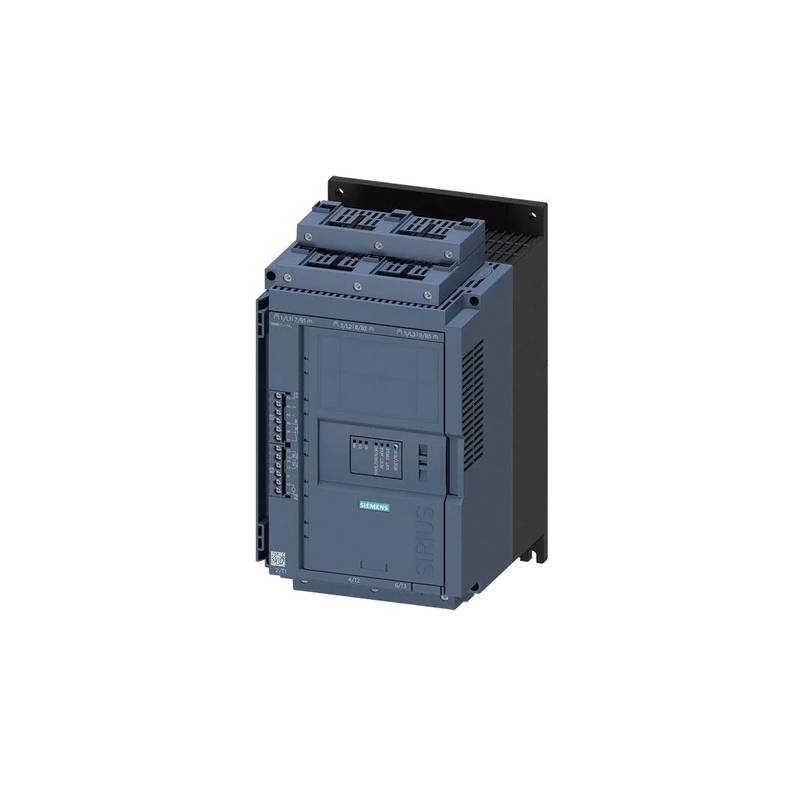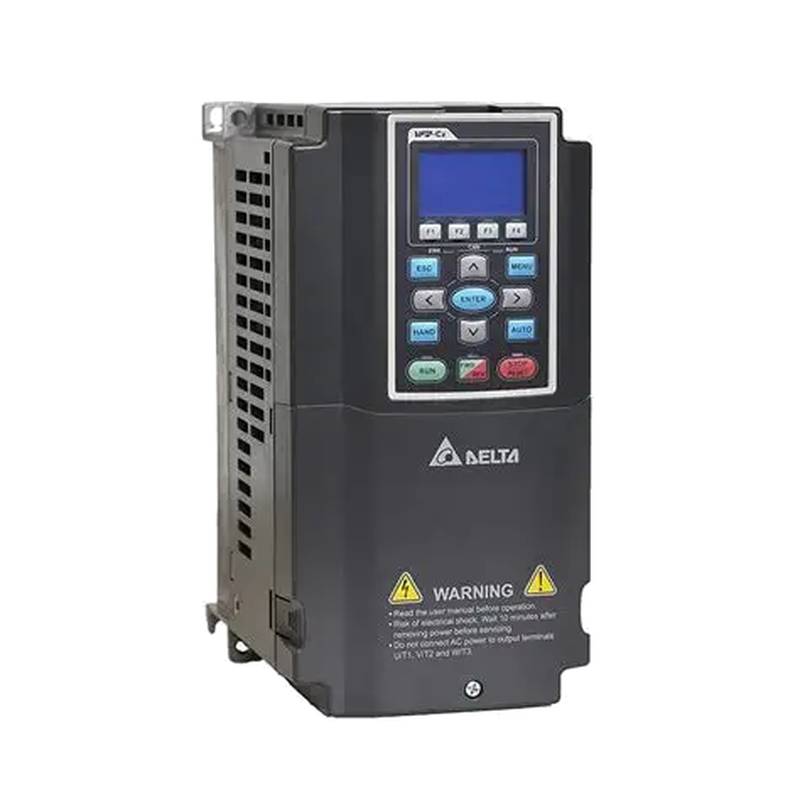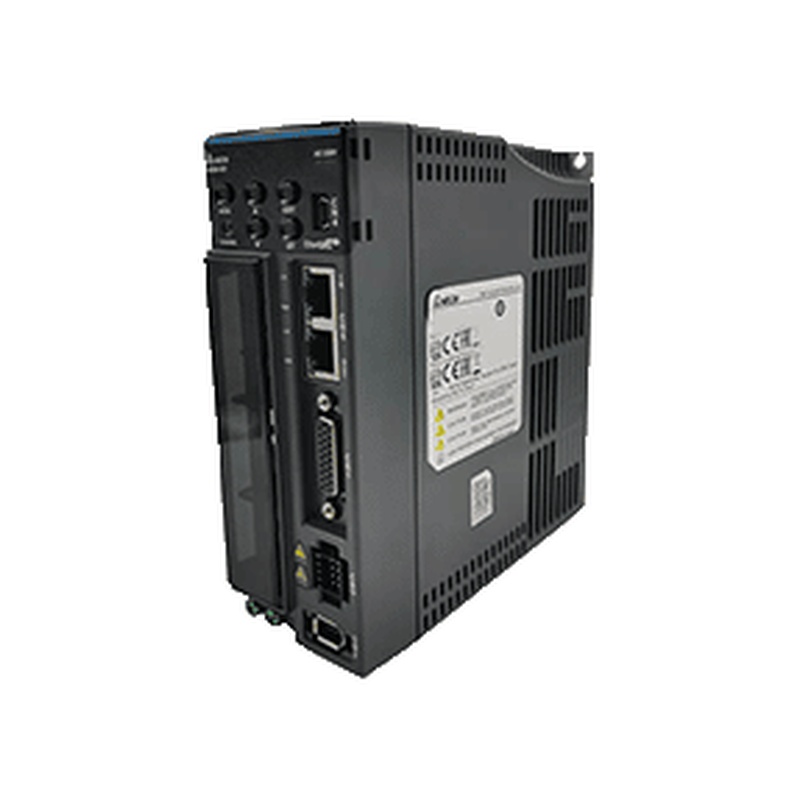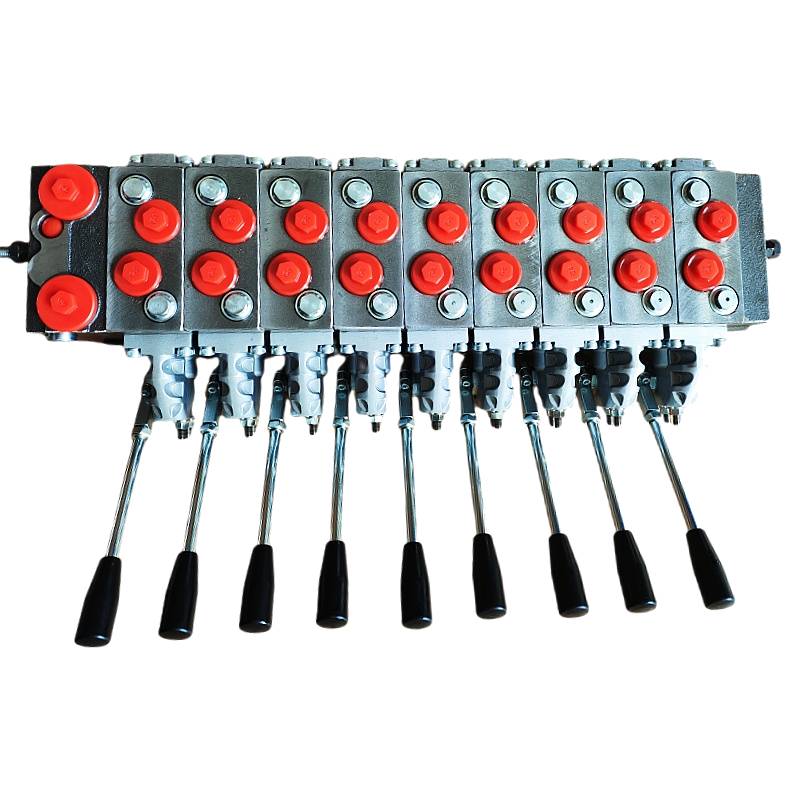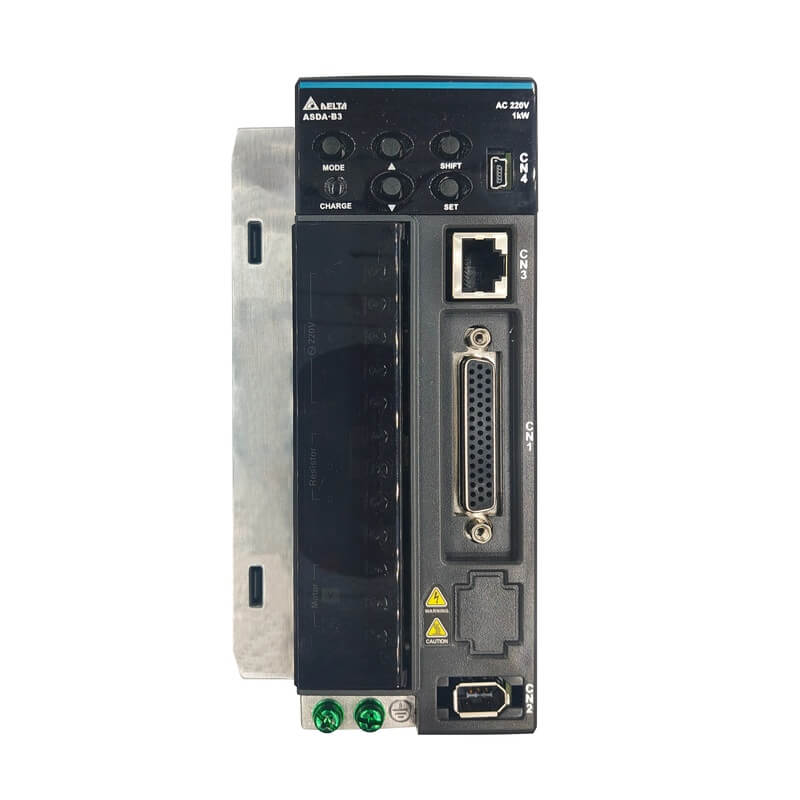
The Moxa NPort 5150 is a robust, multi-port serial device networking server designed to seamlessly connect legacy serial devices to modern Ethernet networks. This industrial-grade solution offers unparalleled reliability and performance, making it a cornerstone for industrial automation and control systems. Its key advantages lie in its ability to provide secure, high-speed serial-to-Ethernet conversion, enabling remote monitoring and management of critical infrastructure. The NPort 5150 boasts features such as 4-port RS-232/422/485 serial interfaces, 10/100 Mbps Ethernet connectivity, and wide operating temperature support. Its technical specifications include a DIN-rail mountable form factor, 12-48 VDC power input, and advanced security protocols, ensuring dependable operation in demanding environments.
Product Specifications
| Feature | Specification |
| :----------------- | :----------------------------------------------- |
| Serial Ports | 4 x RS-232/422/485 ports |
| Ethernet Port | 1 x 10/100 Mbps Ethernet (RJ45) |
| Serial Speed | Up to 921.6 kbps |
| Power Input | 12-48 VDC |
| Mounting | DIN-rail |
| Operating Temp. | -40 to 75 °C |
| Protocols | TCP Server/Client, UDP Server/Client, Pair Mode |
| Management | Web Console, Telnet Console, Serial Console |
| Security | SSH, SSL/TLS, HTTPS, RADIUS, Port Access List |
Core Features & Market Positioning
The Moxa NPort 5150 distinguishes itself in the market through its industrial-grade construction and comprehensive feature set, designed for mission-critical applications. Its ability to support multiple serial interfaces (RS-232, RS-422, and RS-485) on a single device offers significant flexibility, reducing hardware complexity and cost for integrators. The built-in security features, including SSH and SSL/TLS encryption, are paramount for protecting sensitive industrial data from unauthorized access and cyber threats. Moxa's reputation for ruggedness and reliability in harsh industrial settings further solidifies the NPort 5150's position as a preferred choice for engineers demanding dependable serial-to-Ethernet connectivity. Its support for a wide array of operating modes, such as TCP server, TCP client, UDP, and the innovative "Pair Connection" mode, allows for versatile network configurations tailored to specific application needs.
Key Application Scenarios
The Moxa NPort 5150 finds extensive application in sectors requiring reliable remote access to serial devices. In industrial automation, it is crucial for connecting Programmable Logic Controllers (PLCs), Human-Machine Interfaces (HMIs), and SCADA systems to centralized control networks, enabling real-time monitoring and adjustments on the factory floor. Within the energy sector, it facilitates the secure data acquisition from power meters, substations, and distributed energy resources, ensuring efficient grid management and operational oversight. For transportation systems, the NPort 5150 is employed to network ticket vending machines, traffic control systems, and passenger information displays, enhancing operational efficiency and public service delivery. Its robust design also makes it suitable for environmental monitoring, connecting sensors and data loggers for remote data collection in challenging outdoor or remote locations.
Practical System Integration Guidance
Integrating the Moxa NPort 5150 into an existing industrial network is straightforward, largely due to its user-friendly web-based configuration interface and straightforward wiring requirements. For initial setup, connect the Ethernet port of the NPort 5150 to your network switch using a standard Ethernet cable. Power can be supplied via its wide-range DC input, typically using a terminal block connection, ensuring compatibility with various power supplies. Serial devices connect to the NPort's DB9 or terminal block connectors, depending on the model variant and cabling needs; ensure correct RS-232, RS-422, or RS-485 wiring is applied based on the connected device's requirements. Configuration is typically initiated by accessing the device's default IP address (often 192.168.127.254) via a web browser. Here, you can define the serial port settings (baud rate, data bits, parity, stop bits), set the network mode (TCP Server, UDP, etc.), and configure any necessary security parameters. Moxa's powerful "AutoIP" feature can also automatically assign an IP address if DHCP is not available, simplifying initial discovery.
Operation and Risk Mitigation
Operating the Moxa NPort 5150 in demanding industrial environments requires attention to power stability and network security. Ensure a stable, regulated DC power supply within the specified 12-48 VDC range to prevent operational interruptions or hardware damage. For serial communication, meticulously verify that the serial port parameters (baud rate, data bits, parity, stop bits) on the NPort 5150 precisely match those of the connected serial device to avoid communication errors. Implementing robust network security is critical; utilize features like SSH or SSL/TLS for secure remote access, and consider employing firewalls and access control lists to restrict network access to authorized personnel and systems, thereby mitigating unauthorized access risks. Regular firmware updates from Moxa are recommended to address any potential vulnerabilities and ensure optimal performance and security.
Scalability & Long-Term Value
The Moxa NPort 5150 offers significant scalability and long-term value, particularly for organizations looking to modernize their infrastructure or expand their connected device footprint. Its ability to support multiple serial ports on a single unit reduces the need for multiple converters and simplifies network architecture. For future expansion, additional NPort devices can be seamlessly integrated into the network, maintaining a consistent management framework. The NPort 5150 is designed with compatibility in mind, working with a wide range of existing serial equipment and industrial protocols. Furthermore, its robust support for modern networking standards and security protocols positions it well for integration into Industrial Internet of Things (IIoT) initiatives and broader digital transformation strategies, allowing for the collection and analysis of data from previously isolated serial devices.
Frequently Asked Questions
What are the primary benefits of using the Moxa NPort 5150?
The Moxa NPort 5150 offers robust serial-to-Ethernet conversion for legacy devices. It provides industrial-grade reliability and secure remote access capabilities. Its multi-port design simplifies network integration and reduces hardware complexity.
This device enhances operational efficiency by enabling real-time monitoring and control of remote serial equipment. It's built to withstand harsh industrial environments, ensuring long-term performance and minimizing downtime. The NPort 5150 is a cost-effective solution for modernizing industrial networks without replacing existing serial hardware.
Its advanced features include support for various serial interfaces (RS-232/422/485) and network protocols. Security features like SSH and SSL/TLS protect data integrity and prevent unauthorized access, crucial for critical infrastructure.
How do I configure the serial port settings on the Moxa NPort 5150?
Configuration is primarily done through the device's web-based management interface. Access the NPort 5150 by entering its IP address into a web browser on a connected computer.
Within the web console, navigate to the serial port settings section. Here, you will find options to set the baud rate, data bits, parity, and stop bits. Ensure these settings precisely match the requirements of your connected serial device.
Once configured, save the settings. The NPort 5150 will then communicate with your serial device using the specified parameters, establishing a reliable link to your Ethernet network.
What are common troubleshooting steps for Moxa NPort 5150 connectivity issues?
First, verify physical connections: ensure Ethernet cables are securely plugged in and the serial cables are correctly wired and seated. Check that the power supply is stable and within the specified voltage range for the NPort 5150.
Next, confirm the IP address and network settings of the NPort 5150 are correct and accessible from your management station. Review the serial port configuration on both the NPort and the connected device to ensure baud rate, data bits, parity, and stop bits match exactly.
If issues persist, consult the NPort's documentation for specific error codes or diagnostic tools. Try restarting the NPort and the connected serial device, and consider testing with a known-good serial cable and device to isolate the problem.
What are the different operating modes supported by the NPort 5150?
The NPort 5150 supports several essential operating modes for flexible network integration. The TCP Server mode allows the NPort to listen for incoming connections from client devices on a specified port.
UDP mode enables datagram-based communication, suitable for applications where connectionless transmission is preferred or required. The TCP Client mode allows the NPort to initiate connections to a remote TCP server.
A particularly useful mode is "Pair Connection," which creates a transparent serial link between two NPort devices over an Ethernet network, effectively extending serial communication distances.
What is the significance of the NPort 5150's industrial design?
The industrial design ensures the NPort 5150 can operate reliably in harsh environments. This includes resistance to wide temperature fluctuations, vibrations, and electrical noise common in factory floors or outdoor installations.
Its rugged enclosure and robust components are built for longevity and continuous operation, reducing the likelihood of hardware failure. This is critical for applications where downtime can be extremely costly, such as in continuous manufacturing processes or critical infrastructure monitoring.
The NPort 5150 often features DIN-rail mounting, simplifying installation in control cabinets alongside other industrial equipment, and typically supports wide DC voltage inputs for compatibility with existing power infrastructure.
How does the NPort 5150 facilitate remote access to serial devices?
The NPort 5150 acts as a bridge, converting serial data into Ethernet packets and vice-versa. This allows devices with only serial interfaces to be accessed and controlled over any standard TCP/IP network, including the internet.
Remote users or systems can connect to the NPort 5150 via its Ethernet port. Once connected, they can communicate with the attached serial devices as if they were directly connected, enabling real-time data exchange and command execution from virtually anywhere.
This capability is essential for applications requiring centralized management of geographically dispersed equipment, such as in utility monitoring, remote site maintenance, or distributed industrial automation systems.
What security features are implemented in the Moxa NPort 5150?
The NPort 5150 incorporates several layers of security to protect industrial networks. It supports secure remote access protocols like SSH (Secure Shell) and SSL/TLS (Secure Sockets Layer/Transport Layer Security).
These protocols encrypt data transmitted between the NPort and remote management stations, preventing eavesdropping and man-in-the-middle attacks. Additionally, features like HTTPS provide secure web-based management access.
The device also supports authentication mechanisms such as RADIUS and includes an Access Control List (ACL) to restrict network access to specific IP addresses or MAC addresses, enhancing overall network security.
What is the role of the NPort 5150 in Industrial Internet of Things (IIoT) deployments?
In IIoT, the NPort 5150 plays a crucial role in connecting legacy serial devices to modern IP-based networks. This allows older equipment, which may not have native Ethernet capabilities, to participate in the IIoT ecosystem.
By enabling serial devices to send and receive data over Ethernet, the NPort 5150 facilitates data aggregation from the field to cloud platforms or SCADA systems for analysis and decision-making. This unlocks valuable insights from previously isolated operational technology (OT) data.
This device ensures that investments in existing serial hardware are preserved while enabling seamless integration into digital transformation initiatives, bridging the gap between operational technology and information technology.
How is the NPort 5150 powered, and what are the power requirements?
The Moxa NPort 5150 is powered via a wide-range DC input, typically specified as 12-48 VDC. This broad input voltage range provides flexibility and resilience, allowing it to be powered by various industrial power supplies.
It usually features a terminal block connector for secure and reliable power connections. This design is standard in industrial environments, ensuring robust power delivery even under demanding conditions.
Users should ensure their power source provides a stable DC voltage within the specified range to guarantee optimal performance and longevity of the NPort 5150 unit. Overvoltage or undervoltage can lead to operational issues or damage.
Can the NPort 5150 connect multiple types of serial interfaces simultaneously?
The NPort 5150 model specifically supports RS-232, RS-422, and RS-485 serial interfaces. However, it's important to clarify that a single unit typically provides multiple ports, and each port can be configured independently for one of these interface types.
This means you can connect a mix of RS-232, RS-422, and RS-485 devices to the same NPort 5150 unit, provided the total number of ports does not exceed the device's capacity (e.g., 4 ports). Each port's configuration is managed separately.
Therefore, users can leverage the NPort 5150 to consolidate various serial devices with different interface requirements onto a single Ethernet network connection, greatly simplifying cabling and management.

















